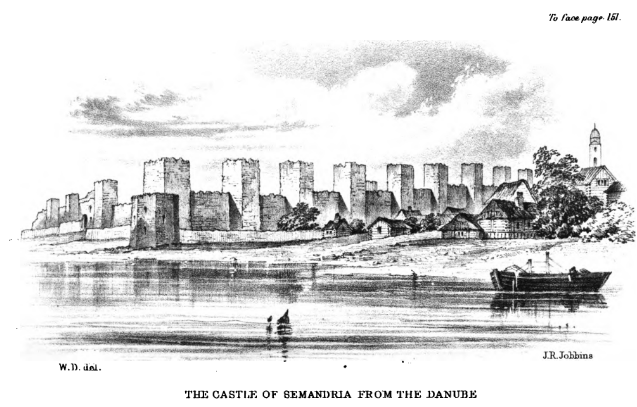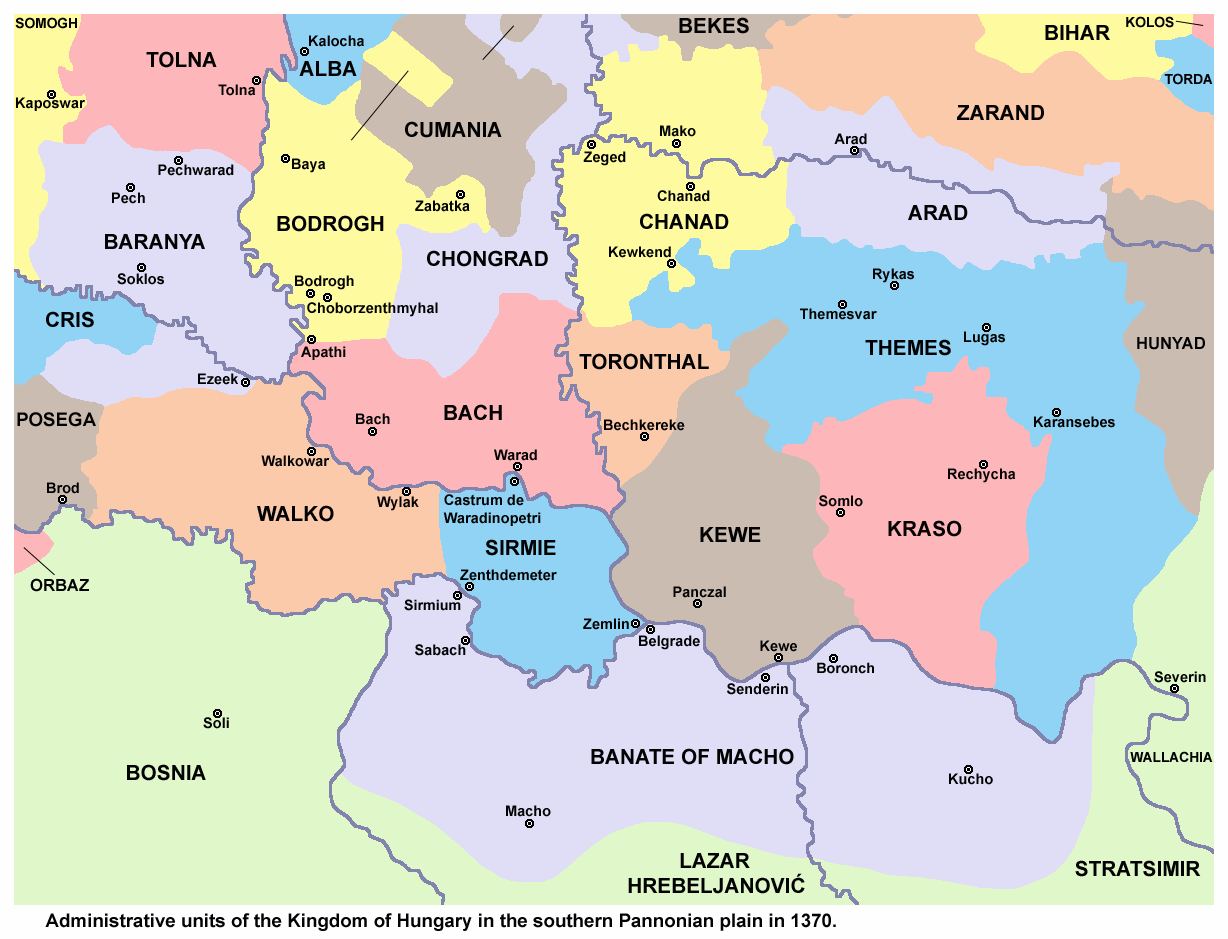Branislav Cvetković
(A preliminary report)
In February this year a golden ring, covered with inscriptions on both sides, was shown to me. Allegedly it was found by chance some years ago in a field near the monastery Ravanica. Since the local priests were unable to decipher content of the texts engraved on the ring‘s hoop, its present owner was told to ask for the skilled experts.
It was clear at first sight that the ring is an exceptional item due to its lush and complex design. However, analyses of its stylistic, typological, epigraphic, paleographical, and iconographical characteristics led to the conclusion that the ring is not only unique in its kind but, due to the information it provides, must have belonged to the royalty of the late medieval Serbia.
This was communicated to the ring‘s owner and thanks to his willingness it was measured and fully documented. The detailed perusal of bibliography and databases of all collections from the major museums worldwide confirms that this ring accords exclusive place among all the known specimens of the sort, which was also maintained during consultations with the leading experts in the field from the USA, UK, and East Europe.
The ring‘s most conspicuous feature is the swiveling mechanism of the bezel which is made up of a two-sided plaque which may revolve due to a two tiny pegs on its lateral sides sitting in two deep dents in the hoop shoulders. The rhomboid inner bezel plaque is inserted in the identically outer bezel frame featuring on its sides oval protrusions which make the shape of the bezel to be both four-sided and octagonal. One side of the bezel plaque displays an engraved seated figure and both the likeness and the throne are inlaid with niello.

On both sides of the hoop there are six elongated cartouches with Cyrillic inscriptions in the medieval Serbian of the Raška redaction, and epigraphy reveals mid to later 14 th Century script. The inscribed text contains Psalm 9, 19: НЕ АБДИ БОГИХЬ СИ ДО КОНЬЦА . The letters are cast in gold and immersed in niello. The point for dividing Psalmic quotation into six separate entities lies in the complex message of the prayer alluding to salvation of the poor, importance of magnanimity of the rich for the needy (as illustrated in the Barberini and Theodore Psalters), connected to the Parable of the righteous Lazarus in the bosom of Abraham, which all provide basis for inclusion of the princely title (КНЕ) of the ring‘s donor in the opening cartouche.
The lower surfaces of the hoop surrounding texts are cast with the motive of a lozenge net over the background, while on the bottom side of the hoop there are two clasped hands (dextrarum iunctio) cast in low relief, where from two long cypress-looking trees spread along both sides reaching the cartouches. It is significant to note that the hands actually are not shown shaking each other but holding the wrists.

The swiveling mechanism of the bezel has rare analogies in medieval rings of West European aristocracy, namely, two in the present collection of the British Museum in London, and one in the former collection of Baron J. Pichon in Paris. The swivel holders are designed in a different way from the axis swivels known on a number of rings with revolving bezels from ancient Egypt, Greece, and Rome, but less from Byzantium.

On the inner side of the hoop there is another engraved text, filled with niello. This inscription is actually a love statement of a wedding or a marriage vow:
ДАДОХЬ ВѢР А ЛБОВЬ

Finally, the other side of the rhomboid bezel plaque is engraved with a large monogram , also filled with niello and incised in a Cyrillic serif manner.
The dating of the ring to 1360s, the title of “knez” inserted into the opening line of the Psalmic quotation, the seated figure resembling portraits of rulers on coinage, the choice of Psalmic prayer connected to salvation symbolism of the poor alluding to the Gospels of Luke 16, 19-31, the monogram “m”, the clasped hands, and the love vow, as well as the technical and stylistic issues, all decisively point to the fact that the ring was ordered by the Serbian Prince Lazar for his wife Princess Militsa. The ring was made as both the protective and marriage insignia. Along with recent finds this ring bears the earliest so far known mention of Prince Lazar as “knez” and is as well his earliest extant portrait. The ring also has close analogies, especially in form of the throne, on the coins Lazar had minted. The epigrammatic character of the inscriptions and the usage of poetical instruments of learned riddles and puns within Biblical quotation reveals court rhetoric similar to what was known among Byzantine intellectual elite.
Since a number of implications spring from almost all of the parts of the ring, these issues will be addressed in the forthcoming publication. From the cultural-historical point of view the ring is priceless being the only existing luxurious specimen of its kind. Because it obviously had spent several centuries under the ground, some of the niello fillings are now missing from the seated figure, the monogram, and the inner inscription. Also, the hoop suffered slight deforming and is broken in one place between the cartouches, which was glued by the present owner.
Unlike the Precious One from the Tolkien’s saga which had to be kept hidden to be safe, this princely ring can reach safety if becoming widely known. This short note is therefore meant for that cause and announces that its purchase for the public museum is explicitly offered (ZMJ No. 155/2024). If the responsible institutions react appropriately to discovery of the century, it would be the most convenient step crowning the 70th anniversary of establishment of the Regional Museum in Jagodina which is, curiously enough, located in the street bearing the very name of Princess Militsa. This fantastic discovery also took place in the third year of the project “Monastery Ravanica: archaeology, fortifications, church, wall paintings” (ZMJ No. 272/2022) which aims to reconsider various open issues of this heritage complex.
I am deeply grateful for their longer or shorter comments and insights to Gary Vikan, Jeffrey Spier, Konstantin Totev, Antony Eastmond, and Christopher Entwistle.



